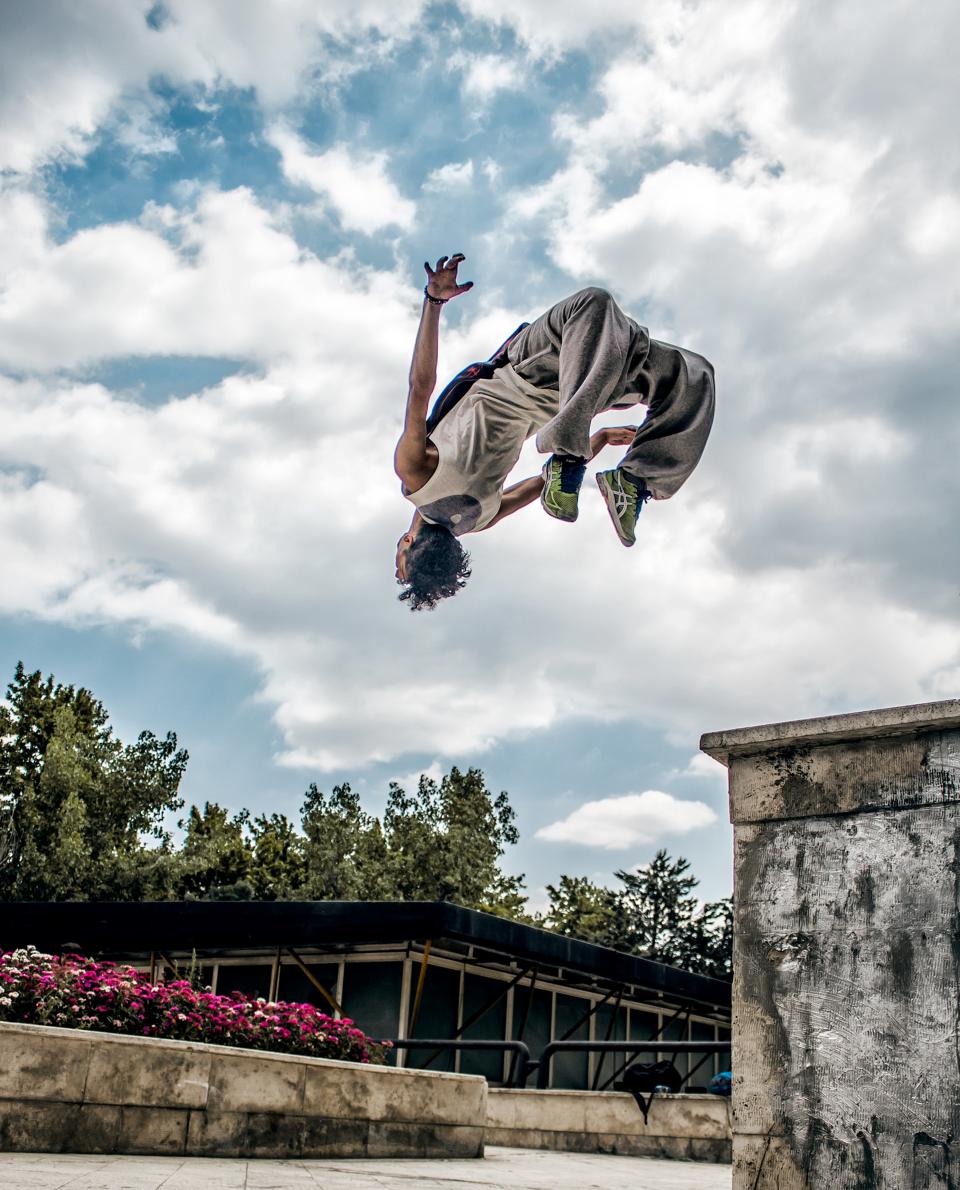A.B.C. Girl
With G.I.R.L. we want to create a (gender) inclusive place. Even in 2023, our public space is not public enough. Certain groups of society are forgotten because, too often, cities continue to be designed using a one-size-fits-all principle.
Places for the young people are places for boys
As the project name indicates, we use the G.I.R.L. project to focus on girls, and specifically teenage girls. This group deserves extra attention because statistics and research findings indicate a wide gap between girls and boys when it comes to their presence and activities in the public space. Several factors underpin these disparities, with both the physical and the social context playing a role.
Here are some findings from a large-scale observational study by Kind & Samenleving (‘Child & Society’):
- No more than 37% of all children and young people present in public spaces are girls
- Gender ratios are still balanced at the toddler and preschool level, but the inequality increases as the girls grow older
- Teenage girls are the most invisible group: among youth aged 12-14 in public spaces, girls make up no more than 34%, a figure that is only 31% among those aged 15-17.
Places that are designed for young people (such as football fields or basketball courts, gym equipment, skate parks, etc.) are almost exclusively used by boys. Statistics show that boys account for 85% of the users of sports areas. What was meant to be a place for young people is, in fact, a place for boys. Once a place is entirely claimed by boys, girls lack the courage and the will to also make use of the location. They do not feel comfortable in the presence of such large, all-male groups.

The same goes for sport...
We notice a gender inequality in both organised and unorganised sport as well. Many girls start to withdraw after age 12, after which they become hard to reach for social sporting activities (such as neighbourhood sport). Therefore, they are often described as a group that is ‘difficult to reach’.
Rather than tracking down the structural causes, this framing puts the responsibility for their non-participation with the girls themselves. However, if you turn this argumentation around and focus on what causes their behaviour, you will find important visible and invisible barriers that these girls experience which hold them back from participating.
We identify find this participation inequality in urban sports as well. The general popularity of urban sport among young people is rapidly increasing due to their informal and flexible nature, as well as their strong lifestyle component. Yet, we find that girls account for only 5-20% of all participants in urban sport. Precisely because these sports and spaces are dominated by boys, they are often perceived as ‘a boy thing’. This makes the step towards urban sport even more complicated for girls.

